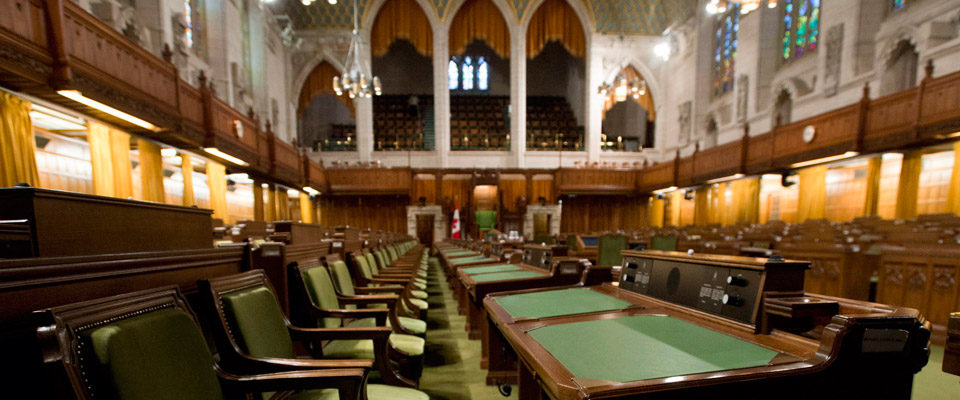While Finance Minister Bill Morneau was in London promoting the federal government’s new stimulus budget and trying to keep out of the Brexit debate, I received some answers from his parliamentary office regarding my questions about changes to CPP and to the GIS.
The 2016-17 federal budget, generous to many sectors of the population, isn’t exactly a boon to seniors, but there are some noteworthy exceptions such as the increase to the Guaranteed Income Supplement for single seniors who are often women.
Starting this summer, about 900,000 single seniors, representing nearly 70 per cent of single Guaranteed Income Supplement recipients, will receive an increase in their benefits.
The top-up is designed to provide additional financial support to those seniors who are most in need.
I spoke to one senior living in small-town Ontario about his finances. He was relieved to hear the news about the top-up. Like most single seniors, who depend on the GIS, he wasn’t confident he could continue to survive on the monthly government stipend. His living expenses are low, but he’s finding it difficult to pay the bills. The increase of more than $900 per year will make a difference.
In conversation with another retiree, I was reminded what can befall those who are not protected by a workplace pension. Although this gentleman had worked at the same job for the last 23 years, his work was for a “volunteer organization” which didn’t bother with defined or contribution pension plans. Since leaving his job for health reasons, he’s reliant on a modest CPP benefit until Old Age Security kicks in. He’s single, without much savings, and he’s renting an apartment in Toronto. Until he can qualify for the GIS, he’s in trouble.
Here are the rules for receiving the Guaranteed Income Supplement:
You must be receiving OAS, in other words you must be 65.
The maximum seniors can receive from OAS is $570.00 per month.
If you are a single, widowed or divorced pensioner the maximum current amount you can receive from the GIS is $773.00 a month for a combined total of $17,304 annual income.
If your spouse or common-law partner also receives the full OAS pension, you can receive $512.96 monthly from the GIS for a combined total of $22,848 annual income.
If your spouse or common-law partner receives the GIS and the full OAS pension, the couple is allowed a maximum annual income of $32,016.
The huge issue facing the Liberal government is how Bill Morneau intends to reform the Canadian Pension Plan so fewer retirees will be dependent on the GIS. Before winning his seat in Parliament, Morneau was executive chairman of Morneau Shepell, a company that describes itself as “Canada’s largest provider of pension administration technology and services.” Morneau is not blind to the challenges facing seniors.
He says, “Every Canadian shares the goal of a secure retirement. That security starts with a strong and stable pension program.” It’s getting there that will be difficult. The feds are trying to work with the provinces and territories to enhance CPP, but pensions are a polarizing issue between the two levels of government. Seven out of 10 provinces must agree to CPP reform, if anything is to be achieved.
The Minister’s comments about CPP reform are noticeably vague, but Morneau knows he’s facing an uphill battle trying to convince the provinces to agree, other than Ontario, which next year is ushering in mandatory payroll deductions for a made-in-Ontario plan.
It’s tricky. But here’s the thing. Morneau must find a way to balance the needs of financially insecure seniors against the tax schemes or loopholes of the very secure. In fact, experts predict that the federal tax hike from 29 per cent to 33 per cent for those making more than $200,000 a year, will be negated by the ingenuity of the super-rich who will find ways to outwit this increase.
On the other hand, Canadians making between $44,700 and $89,401 will have their tax burden reduced from 22 per cent to 20.5 per cent. If your income is just over the limit, you may calculate that working past 65 isn’t for you, also given that OAS begins to be clawed back after $72,809 in annual earnings.
Yet clawbacks aren’t the issue for retirees without a workplace pension. The maximum monthly benefit for new recipients age 65 receiving CPP is $1,092.50. Along with $570.00 from OAS that’s a total of $1662.50 per month or just under $20,000 a year. All told, it’s only slightly higher than the GIS limit for singles.
What calls for immediate attention is the growing trend toward being workplace pensionless. According to the CRA, 56 per cent of seniors now receive income from pensions, but only 40 per cent of the current workforce belongs to an employer pension plan.
Workplace and government pensions, along with home ownership and private savings, triangulate to provide a secure retirement.
So does a broad knowledge of what financial wellness means. The important thing is educating yourself about pensions, making employment decisions based on company policy regarding pensions and paying off the house that will become a key component of your retirement. Becoming financially fit begins well before the years directly proceeding retirement. Ensuring you give yourself enough time to develop a sound plan for the senior years, with a cushion for the unexpected, such as early retirement or divorce, is essential.
Even if retirement is around the corner for you, there’s still room to maneuver. If you own a home, there’s ways to unlock the equity. I expect my cash flow situation to go south after I stop working part-time and that’s when I’ll investigate a homeowner’s line of credit or a reverse mortgage.
If you decide to continue working part time, you can pay into CPP, even if you’re already receiving benefits, thus increasing your monthly allowance. You can income-split your workplace pension, CPP, annuity or RRIF with your spouse, the difference taking dollars off your tax bill.
More than half of future retirees face enormous obstacles securing a reasonable retirement. Unless the federal government, the provinces, and private industry come together to negotiate a solution to senior poverty, the issues we face today will seem miniscule compared to the future.































